Since the China-Pakistan Economic Corridor (CPEC) was launched in 2015, China and Pakistan have proudly declared their relationship as an “all-weather friendship”. A relationship that they believe is to withstand the evolving economic and geopolitical tides. In their latest cooperative meeting, Pakistan’s Minister of Planning, Development and Special Initiatives, Ahsan Iqbal, and China’s President of the Development Research Center and Center for International Knowledge on Development, Lu Hao, have indicated and acknowledged their advancing economic ties across various sectors. A big part of their discussion was centered around the CPEC.
CPEC initially focused on infrastructure and connectivity, including roads, power projects and ports. It’s now creating more room for cooperation in other areas, such as technological partnerships, agricultural development and human capital building. Hence, the China-Pakistan partnership is now pivoting from an infrastructure-only initiative to something broader and more long-term with reforms, institutional development and knowledge-based growth. This is expected to further strengthen China and Pakistan’s strategic economic alliance.
CPEC and China’s reform blueprint for Pakistan
CPEC is a vital project under the flag of China’s Belt and Road Initiative (BRI). This initiative was introduced to provide connectivity to the African, European and Asian regions with the help of infrastructure projects. To enhance the regional connection between the Gwadar Port in Pakistan and the Xinjiang area of China, a network of pipelines, roads, railroads and industrial zones was initiated.
It has now developed into a comprehensive platform that fosters business, commerce and interpersonal relationships. Hence, Pakistan-China’s cooperation is evolving into a multifaceted relationship that combines social development and economic collaboration. Iqbal highlighted CPEC’s role in transforming bilateral ties into a broader social and economic partnership, enabling the relationship to grow beyond just diplomacy and into a deeper economic and social connection.
China’s rapid transition from an agricultural economy to the world’s industrial powerhouse is a success story that Pakistan is looking to emulate. Pakistan is now seeking to accelerate its own growth trajectory by applying China’s model of scientific economic planning and reform trajectory. Pakistan has been attempting to mirror China’s policy framework since the 1970s to enhance its effectiveness and update its economic institutions.
Boosting the export-based economy of Pakistan
Gaining access to China’s $2 trillion import market is one of Pakistan’s current top priorities. At the same time, efforts are underway to further integrate Pakistan into global value chains. As Pakistan seeks to deepen integration into global value chains through Chinese cooperation, Minister Lu Hao expresses confidence in Pakistan’s export-led growth strategy. This strategy aims to create jobs, increase foreign exchange reserves and lessen reliance on imports.
The new deal between China and Pakistan provides a foundation for both economic improvement and institutional revolution. Pakistan’s Vision 2035 aims to transform the country into a $1 trillion economy by 2035. A significant part of the plan involves deepening ties with China, particularly in areas such as trade, infrastructure, technology and investment. The idea is to establish a stronger foundation for long-term growth, boosting Pakistan’s role and influence in the region.
This goal is centered on technology transfer, export-led growth and knowledge-based businesses. The new agreement aligns national development goals with sustainable and equitable growth by laying down the foundation for institutional reform and economic vision.
Building institutions for sustainable growth
Beyond infrastructure and commerce, both parties agreed that institutional skill development is a crucial component for their economic cooperation. Joint research and training programs are required to boost Pakistan’s institutional capacity. It is anticipated that expert exchange between Pakistan and China will strengthen economic governance, thereby providing Pakistani institutions with cutting-edge planning, management and implementation capabilities.
One of Pakistan’s most well-known reform initiatives with a long-term sustainability goal is “Uraan Pakistan”. This program spearheads economic reforms for long-term sustainability. Since the launch of Uraan Pakistan, the nation has witnessed a notable macroeconomic rebound, along with a bullish capital market and a steep decline in interest rates from 23% to 11%, marking a major economic turnaround. Pakistan Stock Exchange reached a record high of 141,000 points, indicating resilience and investor optimism.
Addressing the structural issues
Despite development, the existing inefficient bureaucracy, extensive corruption, political instability, foreign policy challenges and weak governance mean Pakistan is persistently facing heavy structural drawbacks. This has discouraged foreign investment and sustainability growth. Hence, political stability and consistent policies in Pakistan are vital to help keep its economic growth on track.
Both countries recognize that Pakistan’s political instability and inconsistent policies are hindering sustained growth. By collaborating on stability, China is pushing for stronger institutions and long-term investments. The idea is to keep the economy moving forward instead of letting uncertainty and constant shifts in leadership derail it. To promote sustainability, Pakistan further needs a stable climate for drawing foreign direct investment and promoting changes.
The latest dialogue between China and Pakistan marks a significant change in the evolution of their strategic partnership. CPEC has evolved from a collection of physical infrastructure projects to a platform for export-oriented growth, knowledge transfer and institutional transformation.
The partnership has the potential to make economic dreams a reality with Pakistan’s tenacity as support and China’s reform experience as a guide. The objective of Pakistan to establish a trillion-dollar GDP by 2035 could be achieved if both countries continue to have the same political commitment and strategic vision.
[Aysha Sadak Meeran edited this piece.]
The views expressed in this article are the author’s own and do not necessarily reflect Fair Observer’s editorial policy.
Support Fair Observer
We rely on your support for our independence, diversity and quality.
For more than 10 years, Fair Observer has been free, fair and independent. No billionaire owns us, no advertisers control us. We are a reader-supported nonprofit. Unlike many other publications, we keep our content free for readers regardless of where they live or whether they can afford to pay. We have no paywalls and no ads.
In the post-truth era of fake news, echo chambers and filter bubbles, we publish a plurality of perspectives from around the world. Anyone can publish with us, but everyone goes through a rigorous editorial process. So, you get fact-checked, well-reasoned content instead of noise.
We publish 3,000+ voices from 90+ countries. We also conduct education and training programs
on subjects ranging from digital media and journalism to writing and critical thinking. This
doesn’t come cheap. Servers, editors, trainers and web developers cost
money.
Please consider supporting us on a regular basis as a recurring donor or a
sustaining member.
Will you support FO’s journalism?
We rely on your support for our independence, diversity and quality.


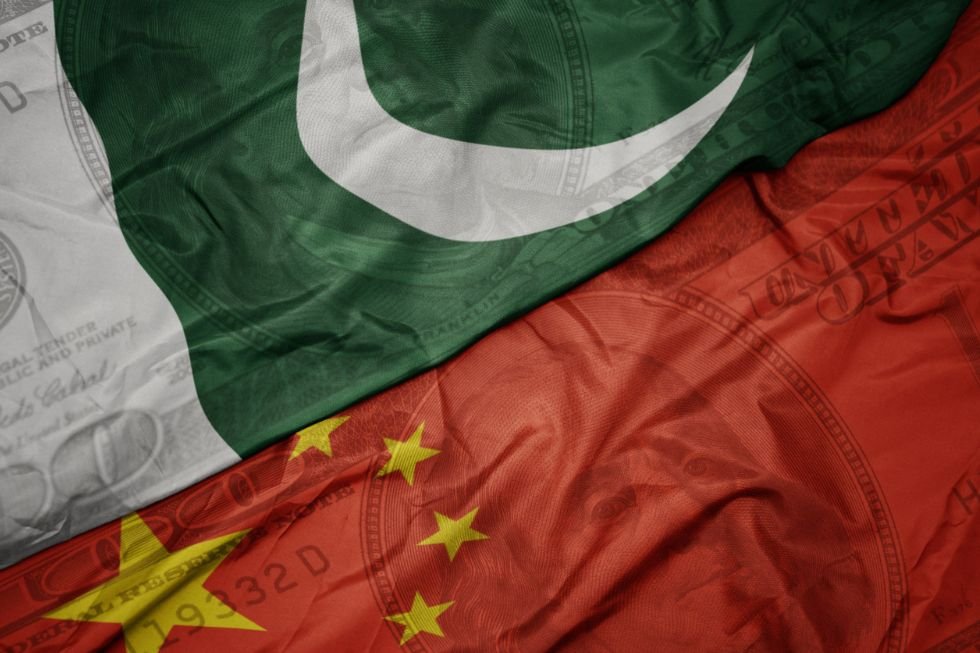
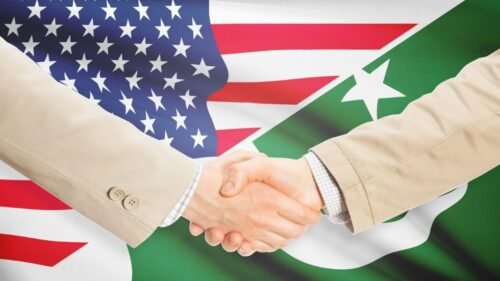

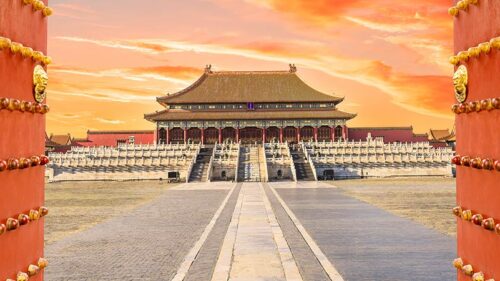
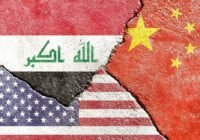
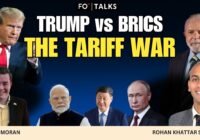
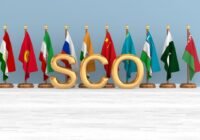


Comment
The biggest structural challenge Pakistan faces is the fiscal one. How will this corrupt country find the money to invest in roads, railways, schools et al?
At the end of the day, Pakistan is a rentier economy where the military extracts geopolitical rent from big powers and the elites siphon off the surplus from the masses. I have a dark view of the future.